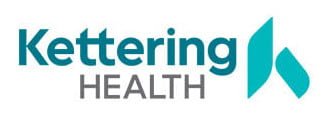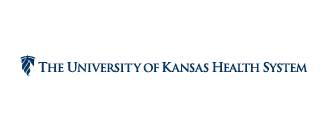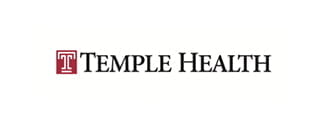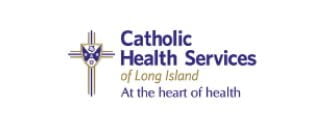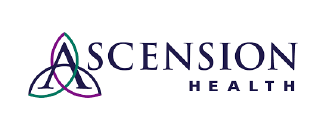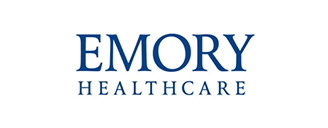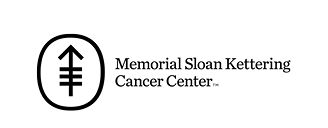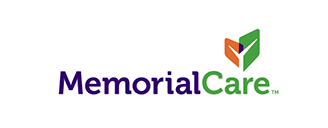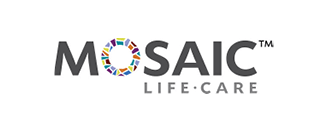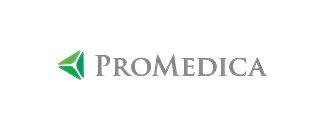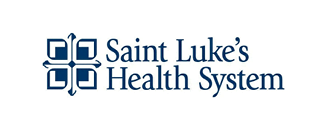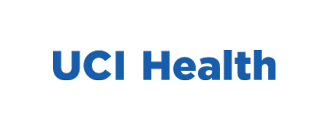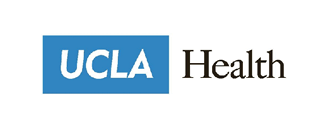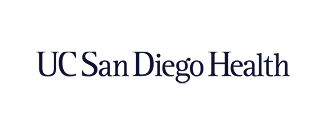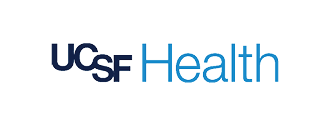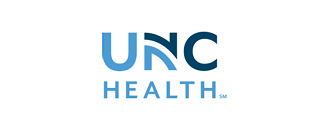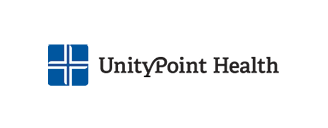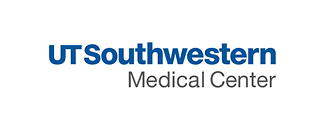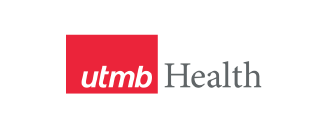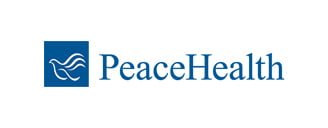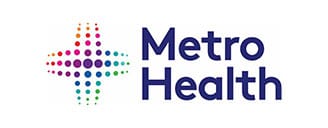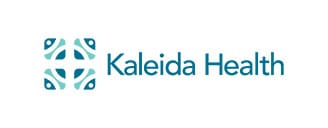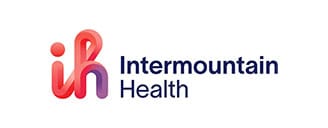Introduction
Pharmacist burnout has been a focal point of the healthcare industry for several years now. Although they’re not typically considered in the conversation, burnout is equally as common among pharmacists as other clinical staff. To illustrate, one systematic review found that burnout affected 51 percent of the over 11,000 pharmacist participants studied.
Pharmacist burnout may affect the quality of care they’re able to provide, leading to worse patient outcomes. Additionally, burnout is causing pharmacists to walk out on the job and even pushing them out of the profession altogether.
For example, a Pharmacy Times survey found that 80 percent of pharmacists indicated that they have considered an alternate career path. This reality only contributes additional strain to those that remain in the industry.
There are several drivers of burnout among pharmacists. These include increased clinical responsibility, excessive administrative burden, and high patient/prescription volumes. We expand upon each of these points below and their effect on pharmacist wellbeing.
Drivers of pharmacist burnout
Increased clinical responsibility
One factor contributing to burnout is the expanding role of pharmacists as healthcare providers with little regulatory or material support. With the healthcare system under pressure, pharmacists are now taking on more clinical responsibilities such as vaccinations and therapy management.
However, pharmacists often have access to very few resources to help them keep up with these evolving demands. Many pharmacists also lack provider status, which restricts their ability to provide certain services and fails to recognize the existing capacity in which they provide clinical care.
Support for provider status is near-universal among many pharmacy and pharmacist organizations. The APhA, for example, highlights that pharmacists are well-qualified to perform a wide range of clinical services. In addition, they are easily accessible healthcare providers within the communities they serve.
Allowing pharmacists to obtain provider status recognition can help ease the effects of ongoing clinical staff shortages. It can further allow pharmacists to access reimbursement for clinical services, reducing the resource challenges that they face when providing care.
Excessive administrative burden
In addition to their added clinical responsibilities, pharmacists also have many more administrative duties than in years prior. These include a substantial increase in regulatory checks and balances such as prescription verifications, refill authorizations, and insurance benefit verifications.
The simple reality is that pharmacists, like other healthcare providers, did not go to school to handle these tasks. However, many pharmacists are typically spending more time on these administrative duties than they are interacting with their patients.
The regulatory landscape is only growing more complex with continually evolving standards, including for accreditation and payor contracting. Pharmacists often do not have the proper resources required to navigate these changes. In addition, the administrative landscape is becoming increasingly adverse for many pharmacies, weakening morale and eroding trust.
High patient and prescription volumes
The U.S population is aging steadily, and over one-third of Americans are living with at least one chronic condition. The likelihood that a person will develop a chronic condition is heavily influenced by their social determinants of health (SDoH). These include, for example, their social and living environment, economic status, education access, etc.
This phenomenon has created an unprecedented volume of patients and prescription orders, particularly in retail pharmacy settings. Not only does this contribute to the excessive workloads that lead to pharmacist burnout, but these pharmacies also typically run short-staffed which increases the likelihood of dispensing and/or distribution errors.
Errors in dispensing and distribution are becoming more common as the pharmaceutical supply chain grows more complex and customer needs evolve. For example, due to rise in mail order pharmacy deliveries since the beginning of the pandemic, distribution errors are now 8 times more likely than dispensing errors in specialty pharmacies, where pharmacists handle highly volatile and expensive medications developed to treat rare and complex diseases.
These errors can cause a domino effect of consequences including worsened patient outcomes and compliance risks. All of which can negatively impact the wellbeing of patients—especially those with chronic conditions that require high-touch care—as well as pharmacies and pharmacists.
Conclusion
Pharmacists, along with other fellow clinical professionals, are facing the brunt of burnout in the U.S healthcare system. Today, pharmacists handle an exceedingly high volume of patients and prescriptions. In addition, they are responsible for a growing number clinical and administrative tasks on top of these duties.
This mountain of responsibility is causing more and more pharmacists to shift away from the pharmacy settings in which they are needed most, such as retail and community pharmacies, or they are leaving the profession entirely.
The burnout crisis among pharmacists indicates the need for fundamental changes to the pharmacy workflow and healthcare in general. This can only be accomplished by prioritizing pharmacists’ wellbeing, leveraging their expertise, and giving them a voice in shaping the future of the industry.
About VPL Rx
VPL Rx is a clinically minded shipping, tracking, and compliance solution designed to modernize pharmacy distribution and promote healthier patients. Our quicker shipping workflow delivers prescriptions safely with real-time tracking, delivery alerts, and last-mile intervention. Exportable performance reporting and data analytics help pharmacies optimize costs and maintain compliance and accreditation.
